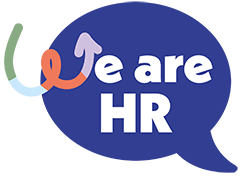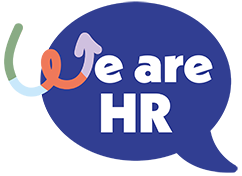Why is upskilling important for the future of employment?
Over the last few years, upskilling has grown increasingly important. There are several reasons for this, the most important of which is the widening (digital) skills gap that many businesses are experiencing; the gap between what employers want or require their employees to be able to accomplish and what those employees can do. The following are the primary causes of the present skills gap:
- An aging workforce has created a skills deficit. For a long time, the baby boom generation has been – and will be – retiring. Naturally, this leaves a void, both in terms of difficult-to-fill open positions and in terms of skills and expertise lost in the process.
- Digitalization has created a skills gap. The so-called 4th industrial revolution is currently underway. Artificial intelligence, robotics, and other technological advancements are advancing at a breakneck pace, altering the nature of the tasks that need to be done — and, by extension, the skills required to execute those occupations.
The top 5 myths about upskilling and reskilling
Myth 1: To be effective, learning must take place in person.
Trainers can ensure that attendees are paying attention to the course and are not distracted by business emails or phone calls when they are in an offline setting. A normal classroom setting on the other hand, may not be appropriate for everyone.
Employers can take advantage of new training opportunities created by virtual learning environments. Many companies have organized office-wide webinars and small breakout sessions to engage and upskill their employees since the pandemic began. Thanks to digital technology and all the many accessible training methodologies, learning no longer must take place in a physical location. Learning possibilities can be found anywhere if the setting is conducive.
Myth 2: Formal education is the only way to learn.
Many people believe that learning takes place only when they are enrolled in a class.
This belief is founded on how we learned in the past during our school years.Trying new things at work or learning about new digital technologies, on the other hand, has been shown to be one of the most effective strategies to develop your talents. For example, no one ever really taught us how to use Instagram when it first began, so we had to figure it out on our own.
As a result, it is vital for businesses to create an environment that encourages employees to try, fail, and improve.
Myth 3: Providing employees with a variety of options is beneficial.
Furthermore, externally curated training courses may not be perfectly aligned with the company’s goals and development requirements. This “good-to-know” training may not be as relevant to employees who are already juggling their hectic schedules as their project deadlines.
Employees from all roles and levels of seniority should benefit from learning programs that are planned and customized in this way. Module instructions and recommendations should be provided by L&D specialists. Employees can then select programs that meet their learning objectives while also advancing their careers and meeting the company’s goals.
Myth 4: Employees only require access to courses.
Employees are likely to be inundated if they do not receive direction from career and L&D professionals, which often leads to inaction or poor decision-making. Failure to learn the correct skills, sub-optimal skill development, and a loss of desire are all possible effects.
Managers can be trained by L&D professionals to keep employees on track with their professional development objectives. Managers can also provide recommendations for courses and webinars that they believe will help the employee because they are experts in their sector and have the proper contacts.
Myth 5: Businesses can only afford to provide upskilling and reskilling for its “high potentials.”
Some organizations may have spent more money in the past nurturing their ‘high potential,’ or top-performing individuals who are loyal to the firm and have the greatest potential to become leaders. However, there are problems in the screening process for identifying high-potential candidates.Some employees may possess all the qualities required to thrive in their field, but they have never been given the opportunity to demonstrate them.
Employers should provide all their employees with equitable access to learning opportunities via online learning platforms or through their L&D teams, rather than picking their “favorites.”


